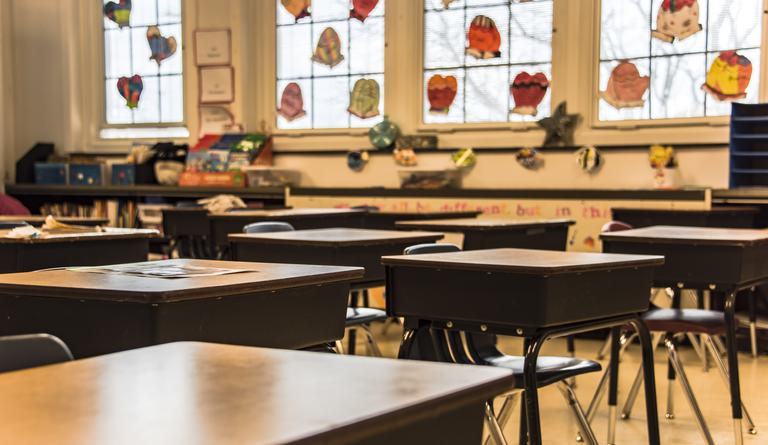
Education
Ray Carter | September 28, 2020
Stilwell school experience defies COVID-closure plan
Ray Carter
Under a plan promoted this year by State Superintendent of Public Instruction Joy Hofmeister, school districts would have been strongly encouraged to close in counties where COVID-19 infection rates exceeded 14.39 people per 100,000 population (“Orange Level 1”) and would have been required to close when rates topped 25 people per 100,000 population (“Orange Level 2”).
However, the State Board of Education instead chose to leave closure decisions up to the leadership of individual districts. Stilwell Public Schools in Adair County has opted to provide in-person instruction since Aug. 12, despite the county being in Orange Level 2.
So far this year, there has been no significant outbreak of COVID-19 among Stilwell students and, when children or staff have caught the virus, it typically came from sources outside the school.
“We’ve had, really, six cases,” said Geri Gilstrap, superintendent of Stilwell Public Schools. “And out of those cases, two have been teachers, four have been children. One of the students is a virtual student, so they were already at home. The other three students were already home as well. And so we had very little exposure because they were positive because someone in their family had tested positive, and so they had the foresight to keep that child home when the person within their family didn’t feel well.”
Gilstrap discussed her district’s response to and experience with COVID-19 at the State Board of Education’s September meeting.
The Stilwell district serves about 1,400 students total, and the families of 255 children have opted to go fully online this year. The remainder are receiving in-person instruction. As of the State Board of Education’s Sept. 24 meeting when Gilstrap spoke, Adair County was still in Orange Level 1.
“We feel like in an Orange Level 2 or an Orange Level 1 county, when we’ve only had this many positive cases and we’ve been able to manage it, then it’s been a victory,” Gilstrap said.
While critics have argued in-person instruction could create “superspreader” events that cause COVID-19 infections to skyrocket in communities, national data indicates that has not been the case.
Officials at Brown University, working with school administrators, have developed a National COVID-19 School Response Data Dashboard. From Aug. 31 to Sept. 13, the dashboard shows 0.075 percent of students nationwide had confirmed cases of COVID-19, and 0.14 percent of school staff.
In Oklahoma, the Brown University data shows 0.094 percent of students had confirmed cases of COVID-19 and 0.16 percent of school staff. The confirmed infection rate among Oklahoma elementary students and staff at Oklahoma elementary schools was zero percent, according to Brown University’s data. The rate among all other students—those in Oklahoma middle and high schools—was 0.102 percent.
Interim State Epidemiologist Jared Taylor, who also addressed the State Board of Education during the group’s monthly meeting, noted that children have not been as susceptible to the virus as other populations.
“Certainly when you look at the case counts, when you look at the hospitalization counts, when you look at the fatality counts, when you look at the significant impacts of disease, children, very thankfully, are underrepresented in those numbers,” Taylor said. “As a general rule, the infection does not have a notable impact on children as much so as it does on adults.”
Gilstrap said her district has relied on a wide range of mitigation strategies, including masks and closing the campus to outside groups. But she said parents and children have readily accepted those restrictions if the trade-off is in-person instruction.
“They’re so thrilled to be here,” Gilstrap said. “I think at this point if I said, ‘Wear a mask, stand in the corner on your head, drink water upside down,’ they would do it. They’re so thrilled to just be in school.”

Ray Carter
Director, Center for Independent Journalism
Ray Carter is the director of OCPA’s Center for Independent Journalism. He has two decades of experience in journalism and communications. He previously served as senior Capitol reporter for The Journal Record, media director for the Oklahoma House of Representatives, and chief editorial writer at The Oklahoman. As a reporter for The Journal Record, Carter received 12 Carl Rogan Awards in four years—including awards for investigative reporting, general news reporting, feature writing, spot news reporting, business reporting, and sports reporting. While at The Oklahoman, he was the recipient of several awards, including first place in the editorial writing category of the Associated Press/Oklahoma News Executives Carl Rogan Memorial News Excellence Competition for an editorial on the history of racism in the Oklahoma legislature.